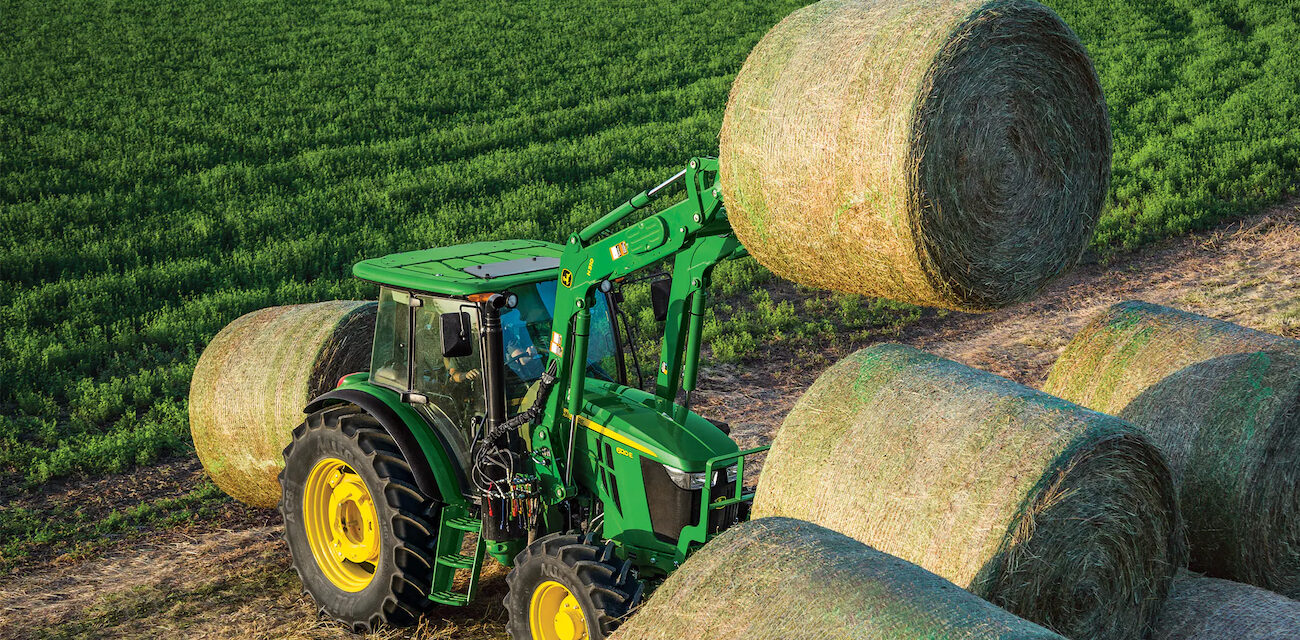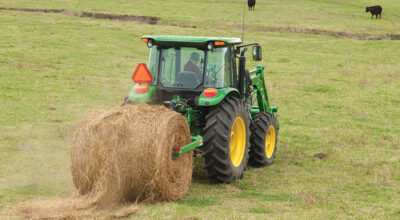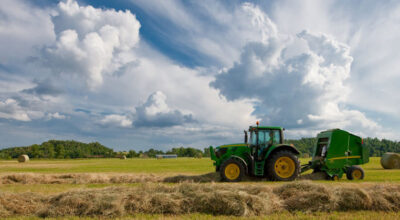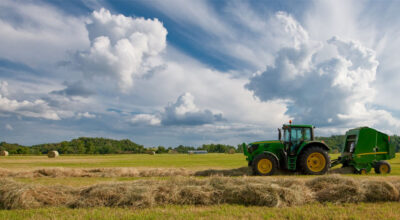Many of those who work with livestock know that the forages they give their animals are essential. The nutrition in the forage ensures that the livestock remains healthy throughout the year, even during the long winter months. For this reason, it’s critical for livestock owners to make quality a top priority when harvesting hay. Furthermore, it’s important to understand the differences in hay — what may be beneficial for one animal might not be best for another.
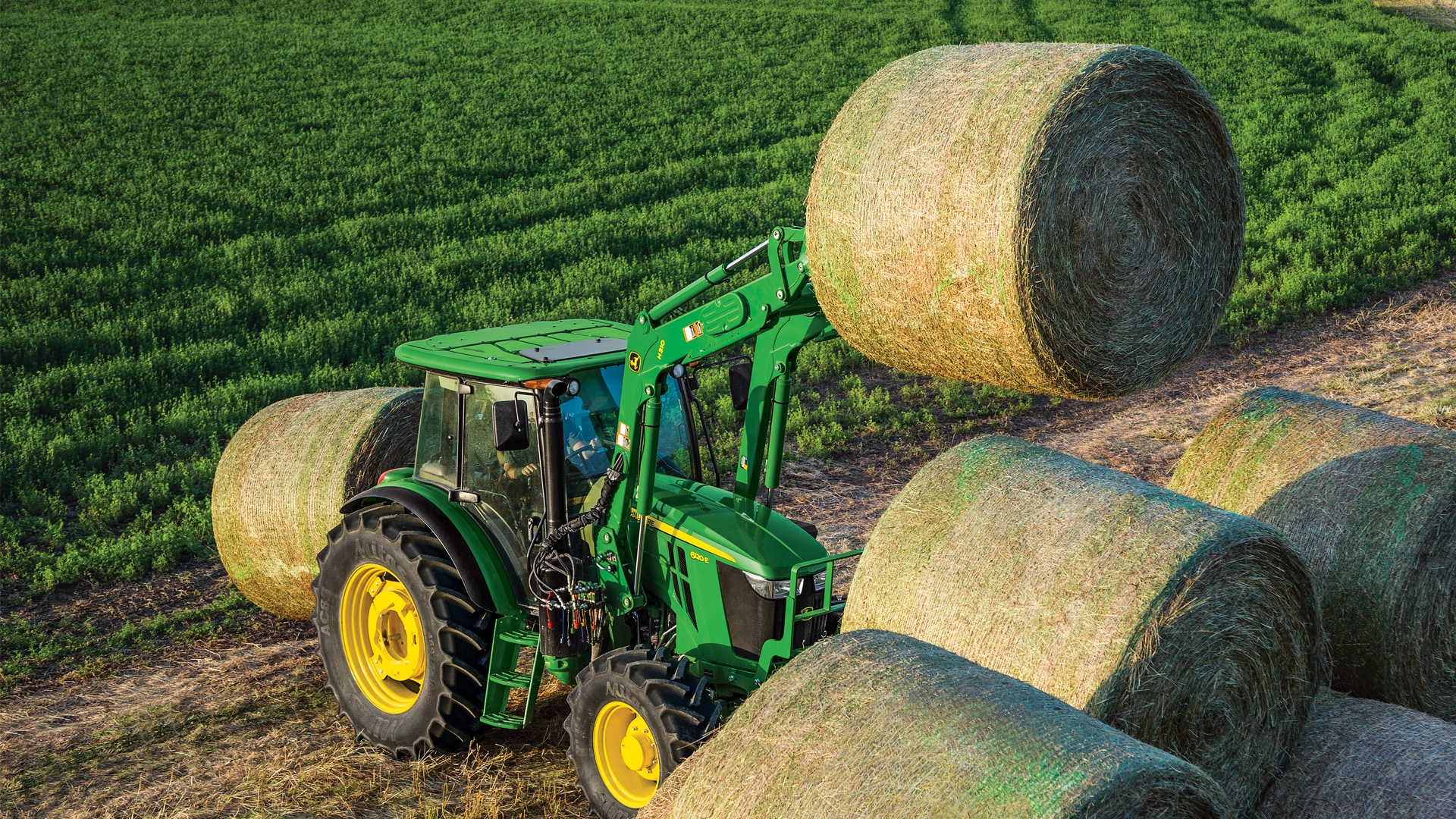
What is Good Quality Hay?
One of the main factors that impacts the quality of hay is its stage of maturity at the time of harvest. As plants move from their vegetative state into their reproductive state, they accumulate sugars, proteins, starches, and minerals along the way. It’s critical to recognize when hay begins to mature, as the proportion of nutrients to fiber will start to fall. When hay has a greater fiber content, it becomes less digestible for livestock. Producers should eye hay that has a large proportion of leaves and few seed heads.
5 Considerations for the Hay Baling Season
Baling hay requires a large amount of prep work. Harvesters must take several factors into consideration, ranging from their cutting equipment to the weather forecast. Here are five considerations hay harvesters should keep in mind as they look ahead to the coming season.
1. Temperature & Moisture Level
Ideally, moisture levels should be low at the time of harvest. In fact, excessive moisture levels can pose a real threat to harvesters — when hay’s internal temperature rises above 130 degrees Fahrenheit, it can spontaneously combust. Hay begins to heat when it has a moisture content of about 15 percent, meaning it’s essential to cut and bale grasses while they are dry. Waiting for clear weather conditions can ensure that conditions are as safe as possible for harvesting and baling.
2. Bale Density
Physically examining hay throughout the harvesting process can help keep quality in check. Moving too quickly can result in mistakes that can’t be remedied once the harvesting is done. Ideally, the hay should not be loose, and the baler’s density gauge should be monitored throughout the process. Every so often, the bales should be kicked — there should be a consistent amount of resistance. If fingers can be easily combed through the bale, it lacks density.
3. Hay Cleanliness
Hay cleanliness is essential to making sure that it is easily digestible. The hay pickup floatation should be properly set to follow the contour of the ground, and the tines should not dig into the dirt. The pickup tines should be set about an inch off of the ground, and hilly terrain should always be taken into account.
4. General Machine Maintenance
Prepping conditioners and cutting equipment prior to harvesting hay is essential, and it can potentially increase the quality of the final product. Harvesters should always use the right set of lubricants, as well as the proper parts for their equipment. For more information, the owner’s manuals of the equipment can help.
5. Safety
In addition to learning more about maintenance, the owner’s manuals of harvesting equipment can provide critical safety tips. When preparing to take the equipment on the road, a Slow-Moving Vehicle sign should always be used. Finally, a dry chemical fire extinguisher can be purchased for use in case of an emergency.
Looking for equipment to successfully take on the hay season? Contact your local John Deere dealer today for more information.
If you enjoyed this post or want to read others, feel free to connect with us on Facebook, Pinterest, Twitter, or Instagram!
